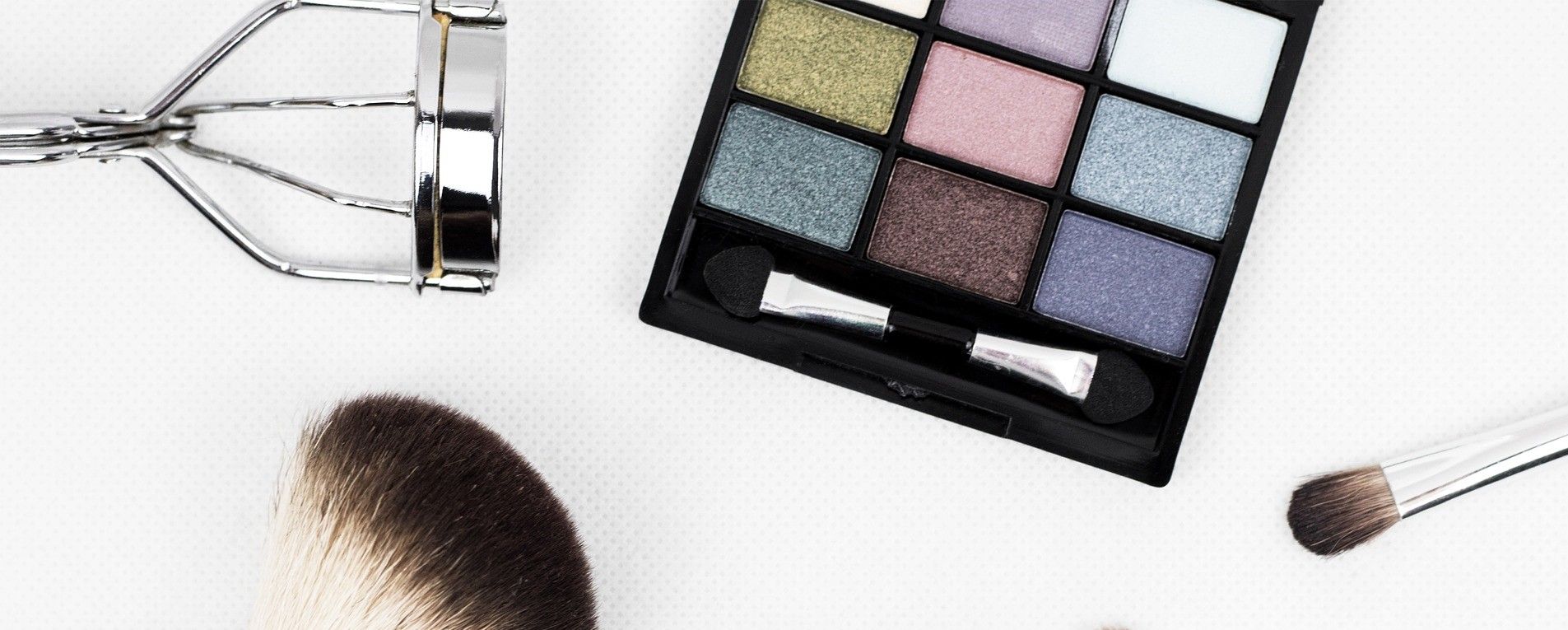Nanomaterials are all too often hailed as a super-substance to change the world. Media outlets often report how nanomaterials can build futuristic satellites and spaceships, make nanocomputers, are the raw materials for nanoscale robots working inside the human body or can even help construct a space elevator.

And this is mostly true. The exciting fact is that nanomaterials will change the world.
The mundane fact is that nanomaterials are already changing the world, but in far less astounding ways.
For nanoparticles, nanorods, nanowires, nanotubes, and buckyballs are already used in the manufacture of thousands of everyday products.
Here is a review of just some of the industries and products that are being transformed by nanomaterials.
Nanomaterials in Agriculture
Nanofertilizers are now widely used as a more efficient way to deliver nutrients to crops. By using, (among other substances) zinc, phosphorus, and nitrogen in nanoparticle form plants can absorb fertilizers more easily, via either the leaves or the roots.
As a lightweight, low volume fertilizer product, nanofertilizers reduce transportation costs and minimizes waste, both of which reduce environmental impact.
While nutrient-containing nanocoatings on seeds can give plants an early boost of nutrition.
To learn more about the benefits of nanofertilizers, read: U.S. Micronutrient Fertilizer Market Shows Surprising Growth
Nanocoatings
Modern paints and coatings may contain nanomaterials to improve durability and waterproofing. Research is also be conducted to create a nanocoating for glass that will make a ‘self-cleaning window’ especially for use in hard to reach places. They can also be designed to increase slipperiness for insertable medical devices or maintain anti-bacterial qualities for use on hospital walls.

Nanomaterials in Healthcare
There is a wide range of pharmaceutical products that are made from nanomaterials, giving drugs the ability to slow release and/or time delay, or aid medicines in targeting specific body tissues or tumours more directly.
In addition, nanosponges (the size of red blood cells) are being developed as a medical tool that can be added to the blood stream to mop up unwanted toxins.
Nanofibre Clothing
Composite fabrics made with nanoparticles can increase material durability and heat retention, as well as improve stain resistance and water repellence without increasing stiffness, thickness, or weight.
Fabric can also have silver nanoparticles imbedded into them to kill bacteria and help reduce odour.
Nanomaterials for Sporting Goods
Having a better tennis racquet or golf club will not change the world. However, the use of nanomaterials to make stronger, lighter, more flexible sports equipment will improve your serve and your driving distance.
Nanomaterials are also used to make tennis balls keep their bounce for longer, while kayaks are kept afloat longer with epoxy coatings made from carbon nanotubes.
Additionally, skis and snowboards slide better thanks to waxes containing nanocomposites, while fishing rods are made stronger without losing flexibility or gaining weight by adding silica nanoparticles to fill the spaces between carbon fibres.

Nanotechnology in Transport
Nanofilters can be used in car engines to remove impurities from the air before combustion improving fuel efficiency.
Nanocomposites are already used in high-end vehicles to make more durable and stronger car parts that also weigh less, so lowering fuel consumption.
Carbon nanotubes are also added during the production of most major tyre brands to lower weight and increase wear resistance while maintaining electrical conductivity.
Nanomaterials in Cosmetics
Today, almost all major cosmetic products contain nanomaterials that provide make up with properties that include, among other features, improved colour brightness, reduced smudging, transparency, and solubility.
Anti-ageing creams, hair products, moisturisers, and other beauty products can also be ‘nano-enhanced’ to improve delivery of active ingredients.

Nanomaterials in Plastics and Polymers
Nanomaterials are often added to polymers and plastics to give them additional properties.
For example, they are used in thermoplastics because they are capable of conducting electricity, provide dimensional stability, and are capable of resisting heat.
While the aerospace, automotive, and chemical industries all employ plastic nanotubes as they are flexible, lightweight, and durable raw materials for the manufacture of all kinds of parts.
In addition, special nanocomposite foams have been created which (due to their exceptionally low weight) are expected to replace solid plastic in the coming years. These nanocomposite foams will be found in everyday products such as fast containers, disposable coffee cups, carpet lining, home insulation, disposable nappies, seat cushions and padding, as well as packaging material.
Nanomaterials used in Water Purification
Filters constructed on the nanoscale offer superior cleaning of liquids.
While they are not yet in use for everyday water filtration, the chemical industry already uses chemical filters made from nanomaterials extensively to separate industrial chemicals or remove toxins from solutions. They are also used for the filtration of gases, with high-end face masks employing nanomaterials to screen out minute particles.
So, if you are still waiting for carbon nanotubes and other nanomaterials to change things, then you may already have missed it.
Nanomaterials are revolutionising the world, they are just doing it in an unseen, everyday manner.
Photo credit: Pete Linforth from Pixabay, kinkate from Pixabay, Michael L. Hiraeth from Pixabay, skeeze from Pixabay, & David Mark from Pixabay
